Latest information on content and events
CONTENTS / EVENT
-
A direct bus from Amanohashidate to Ine will take you to the seaside town of Ine in a stress-free and easy way. You can reserve a seat and leave your large luggage in the trunk so you can explore! It also includes a sightseeing boat tour of Ine Bay. You can enjoy a leisurely cruise on Ine Bay and a stroll around Ine.
INEIneIne BoathousesShuttle busIne BayPleasure boatTouring Ine BayKYOTOLINK KYOTOKyoto sightseeingKyoto's Unique Venues
-
Enjoy a traditional Kyoto dance performance by geisha and maiko and a tour of the Gion Flower District Art Museum
Hanamachi Art MuseumKyoto DanceKYOTOLink Kyotomaikogeishatraditional craftsLINK KYOTOKyoto tourism moralsKyoto sustainable tourismsustainablecarbon neutralKyoto sightseeingKyoto's Unique VenuesKyoto cultureEmpty-handed sightseeingEntertainment districttraditional culture
-
① Visit to the "Silk White Fabric Museum" (Time required: about 15 minutes) The Silk White Fabric Museum is a museum specializing in kimono white fabric. We will introduce the process of making one roll of white fabric, including cocoon production by domestic silkworm farmers and the amount of cocoons needed for a kimono. ② "Hand loom experience" (Time required: about 15 minutes) An in-house instructor will demonstrate the hand loom and explain the mechanism of warp and weft threads, and you can enjoy weaving using an actual hand loom. ③ Gold-colored Yuzen workshop (Time required: about 1 hour and 30 minutes) You will enjoy the experience of coloring pure silk fabric, a high-quality material used in kimonos, with dyes applied using the Yuzen technique and finishing with gold leaf processing.
Link KyotoKyoto experiencetraditional craftsLINK KYOTOKyoto sustainable tourismsustainableKyoto sightseeingKyoto culturetraditional culture
-
This is a rare opportunity to be introduced to a real Kyoto maiko (or geisha), learn, enjoy the senses, and be enchanted as you watch the maiko perform traditional Kyoto dance, interact with her, ask questions, and take souvenir photos.
-
Matcha Experience at Sumiya Ryokan
Private experiencePrivate ExperienceSumiya RyokanMatcha ExperienceKYOTOKyoto experienceTea ceremonylong-established storeMatchatea roomLINK KYOTOhistoryexperienceKyoto's Unique VenuesgenuineKyoto culturetraditional culture
-
The fabric is dyed while being tied with thread and under pressure to prevent the dye from soaking into the pressured areas, and the pattern is created using the traditional rolling tie-dye technique. The way the pleats are gathered and the way the string is wrapped around it will affect how the white background appears, so it's all about skill in deciding which parts to dye. You can choose from a rich selection of 20 colors. You will end up with a one-of-a-kind, original piece of work that is just yours. You can take your work home with you.
experiencetaikenKYOTOLINK KYOTOhistoryexperienceKyoto's Unique VenuesKyoto culture
-
Watch a maiko dance at the Japanese-style residence "Okazaki-an" (meal included)
Japanese ResidenceOkazakianDance AppreciationOkazakiKYOTOLink KyotoKyoto experiencespecialmaikogeishaLINK KYOTOKyoto sightseeingKyoto's Unique VenuesgenuineKyoto culturetraditional culture
-
Upcycle discarded matcha, such as matcha that accumulates in air purifier filters and cannot be sold for consumption. A world first! This is an experience where you can make your own incense sticks using 100% matcha as the scent ingredient. You can take home 6-7 sticks of incense you made, as well as a special incense burner and candles.
UpcycleUJIMATCHAIncenseAromaexperienceKYOTOupcycleLink KyotoUjiMatchaLINK KYOTOexperienceKyoto's Unique Venues
-
Heian Shrine was built in 1895 to commemorate the 1,100th anniversary of the founding of the capital in Kyoto, which was called Heian-kyo. The shrine is the home of two important imperial deities; Emperor Kammu, the emperor who founded Kyoto, and Emperor Komei, the emperor who founded the base of modern Japan. Since it was founded over 100years ago, the shrine has been a well-known place for the local people. The main building of the shrine is a copy of an early Heian period palace where important national rituals were held. It is the only building in Kyoto that retains the appearance that defined the capital 1200 years ago.
-
"Tadasu Noh" is an outdoor Noh performance set in the Kamo Mioya Shrine Dance Hall (an important cultural property), which was originally performed in front of Shogun Ashikaga Yoshimasa and other distinguished feudal lords in 1464, about 550 years ago, and was revived for the first time in 550 years on the occasion of the 34th Shikinen Sengu (yearly rebuilding) of Kamo Mioya Shrine. In 2019, to commemorate the enthronement of Reiwa, the performance was renamed "Tadasu Noh" and has been held every year as a post-ceremony ritual for the Kamo Festival (Aoi Festival). The shrine rebuilding ceremony at Kamo Mioya Shrine began 2,100 years ago, and the 60th rebuilding ceremony in 2036 will be held. Furthermore, by imperial decree of Emperor Go-Ichijo, the system of Shikinen Sengu was established, with the first one being held every 20 years on April 13, 1036. The 35th Shikinen Sengu will mark the auspicious anniversary of 1,000 years.
SustainableTadasu abilityCulturalKyoto sustainable tourismsustainable


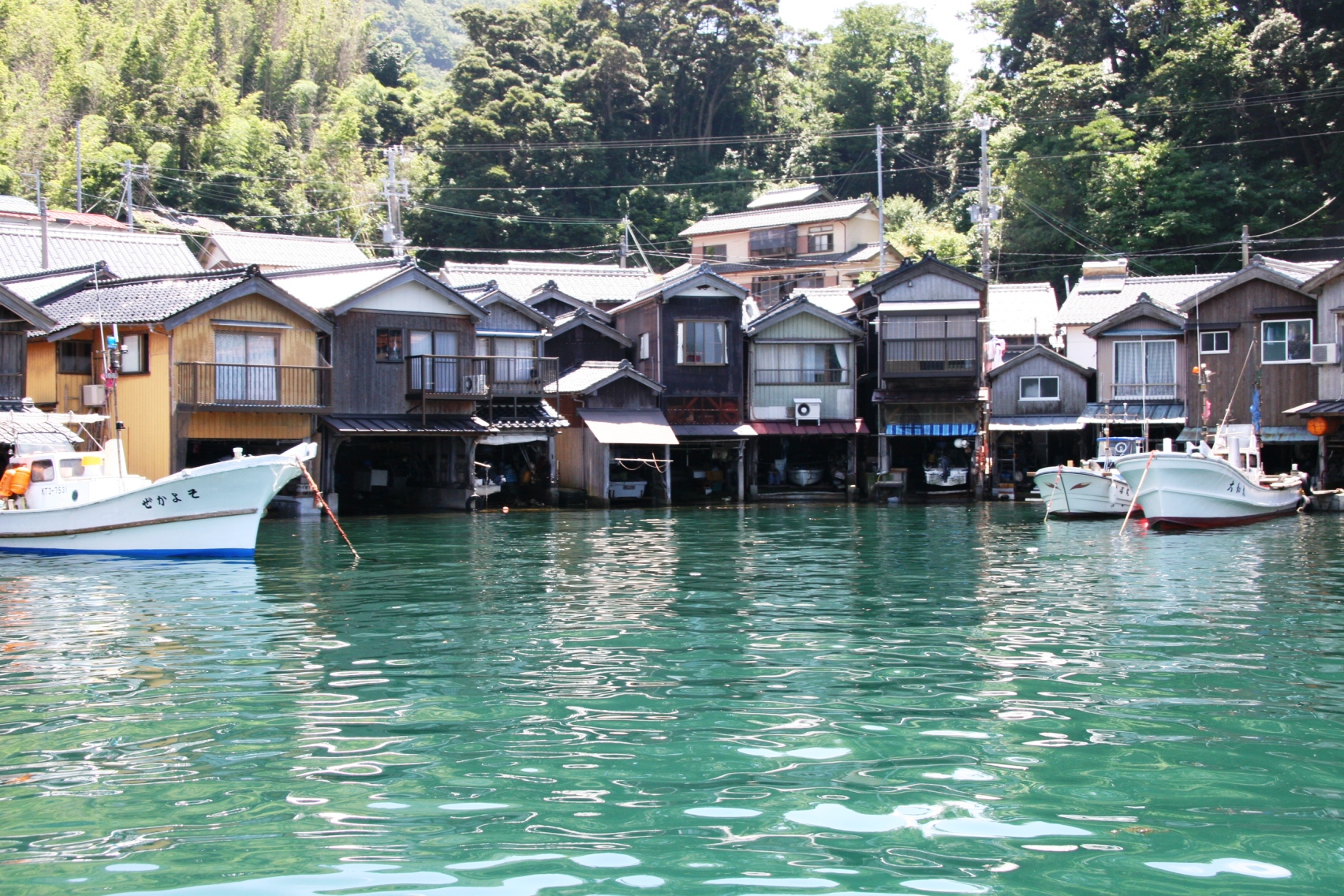
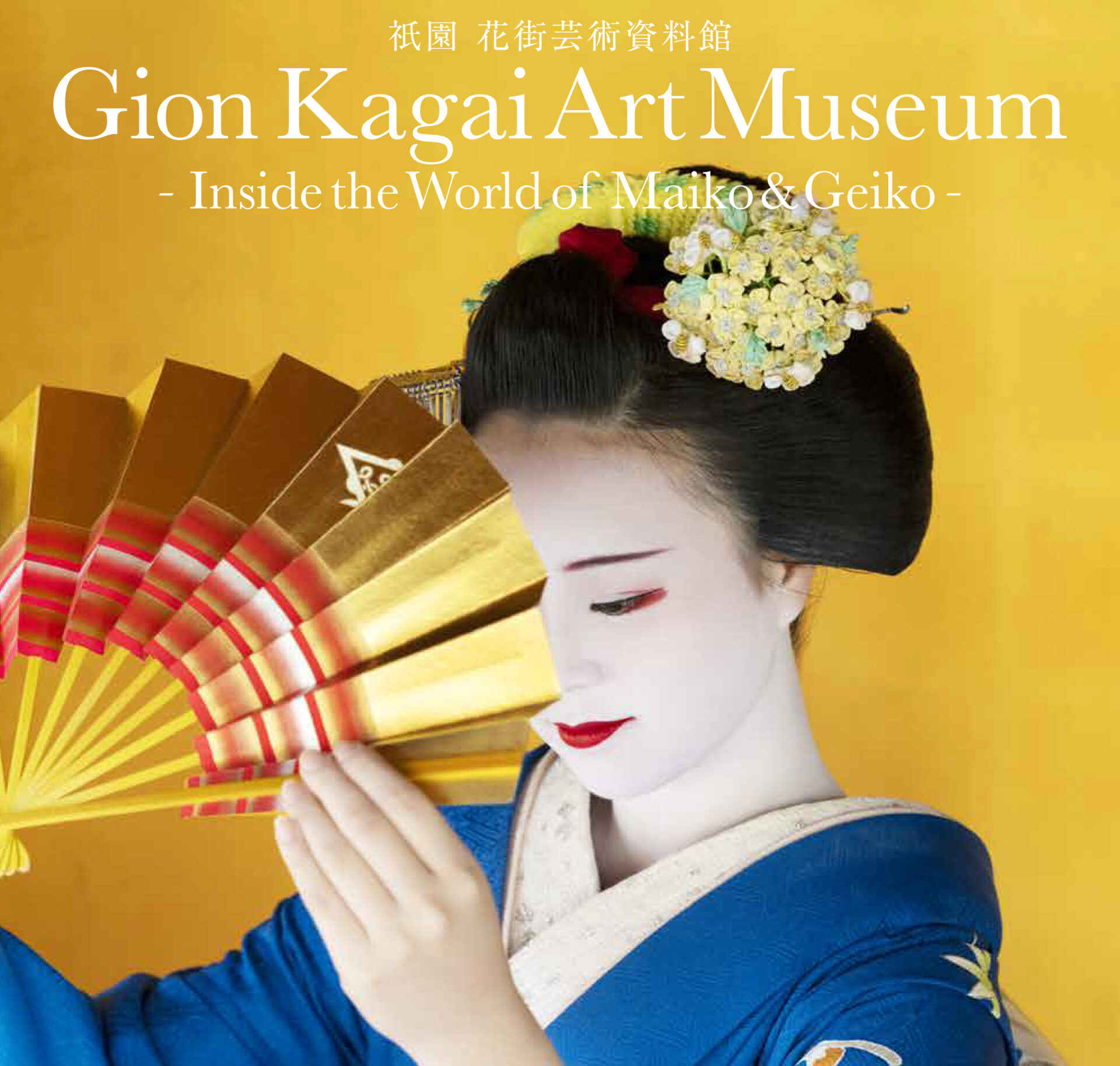

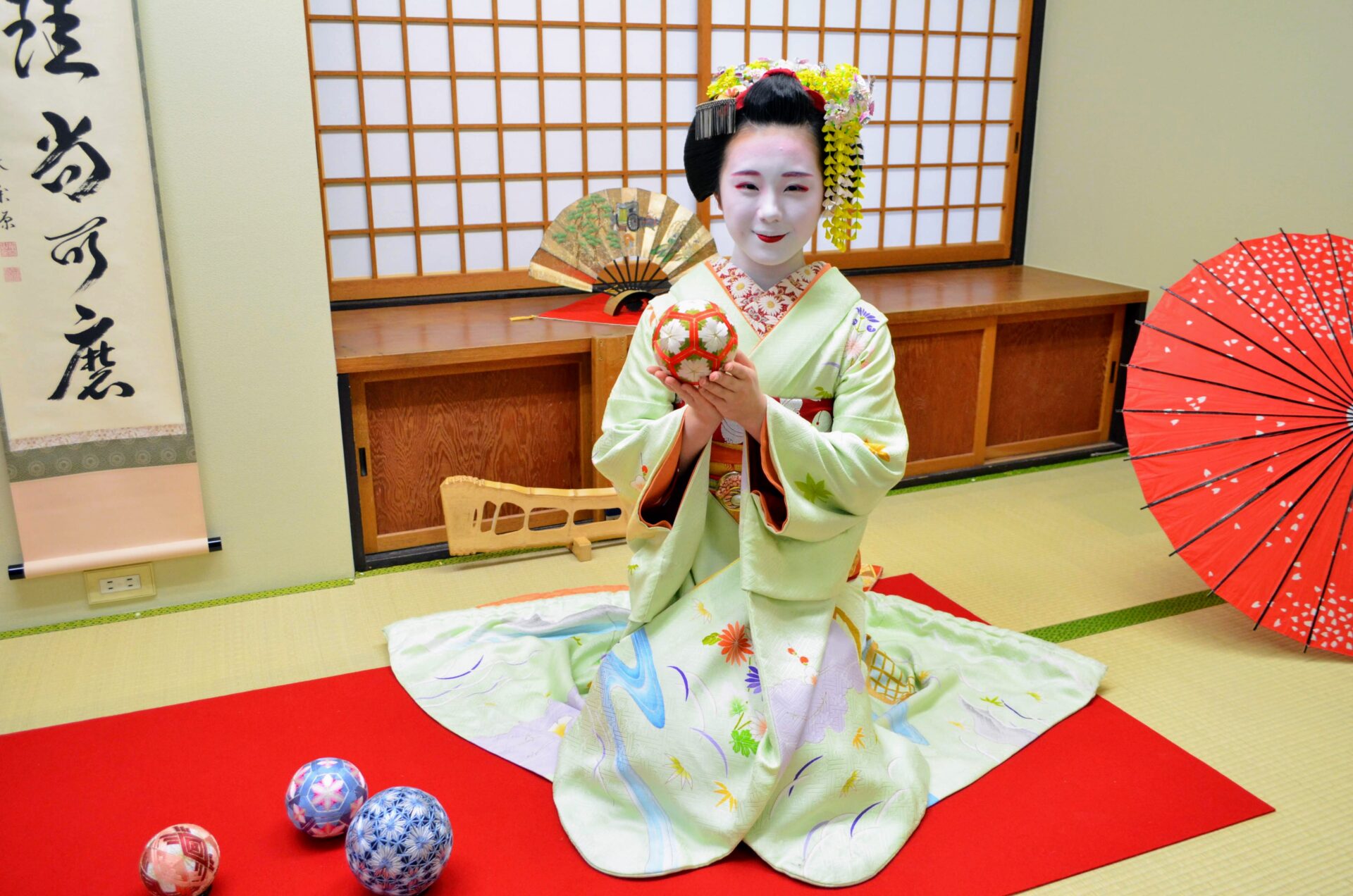
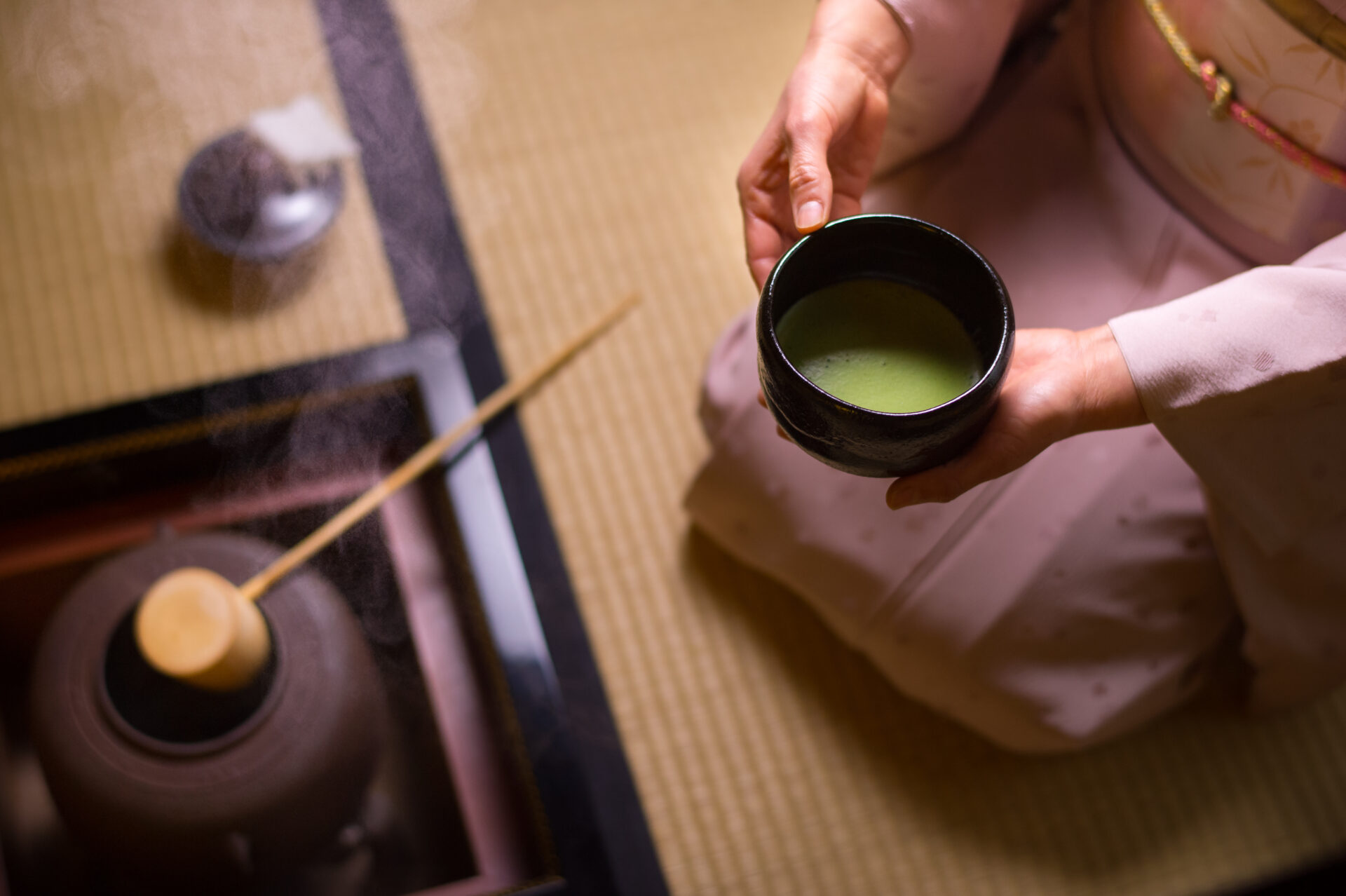
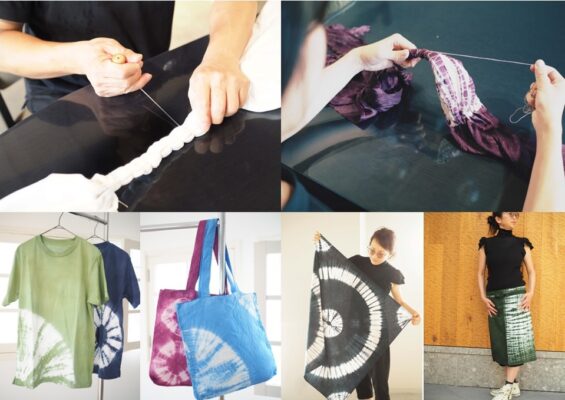
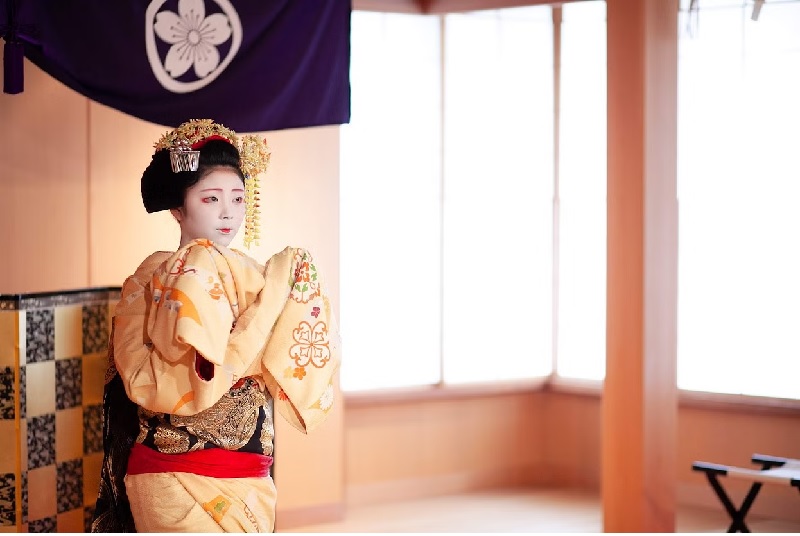
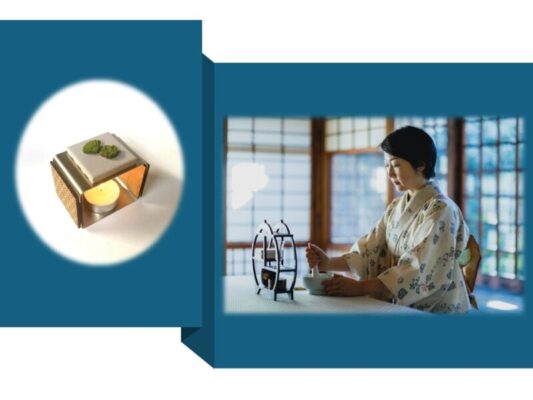
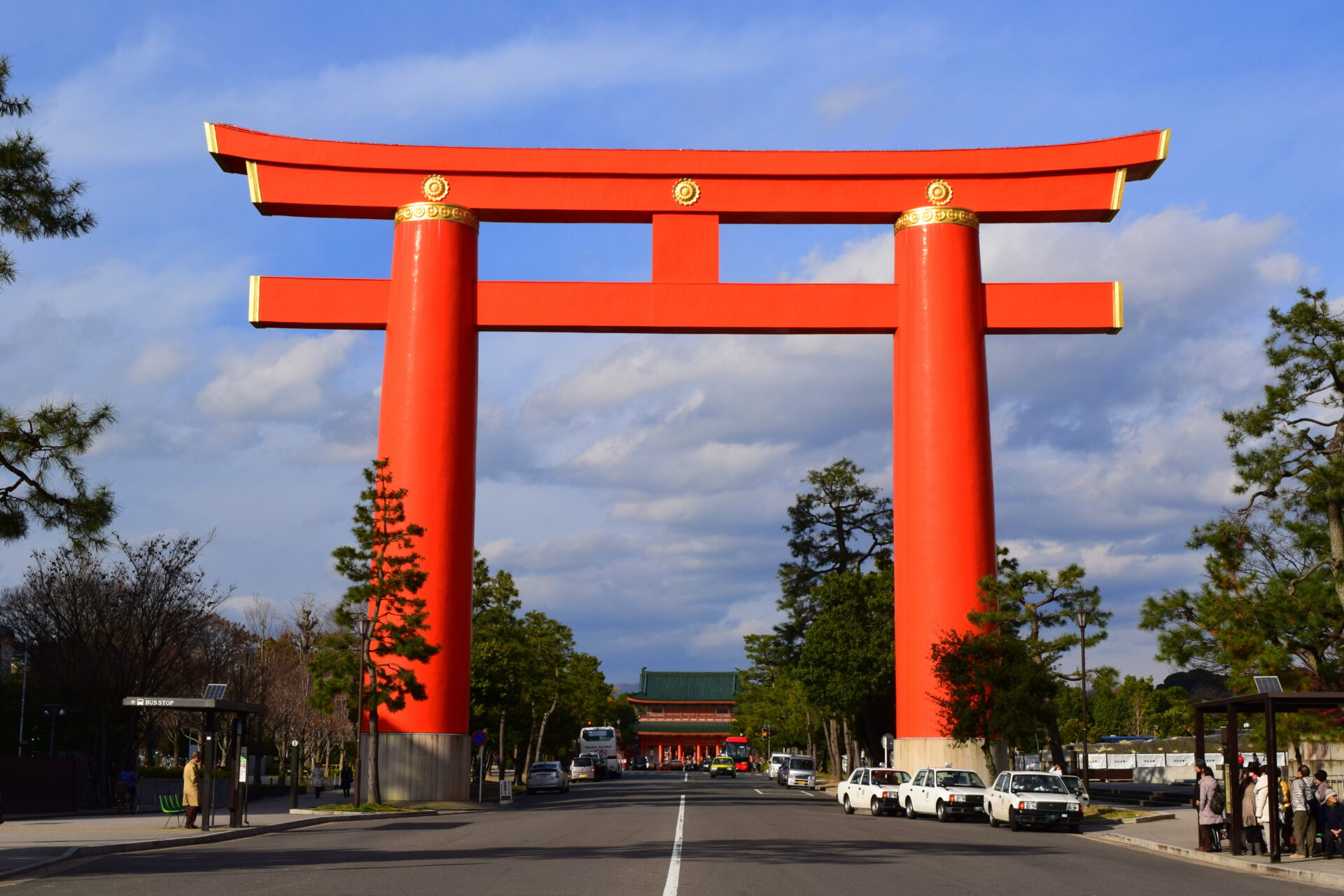
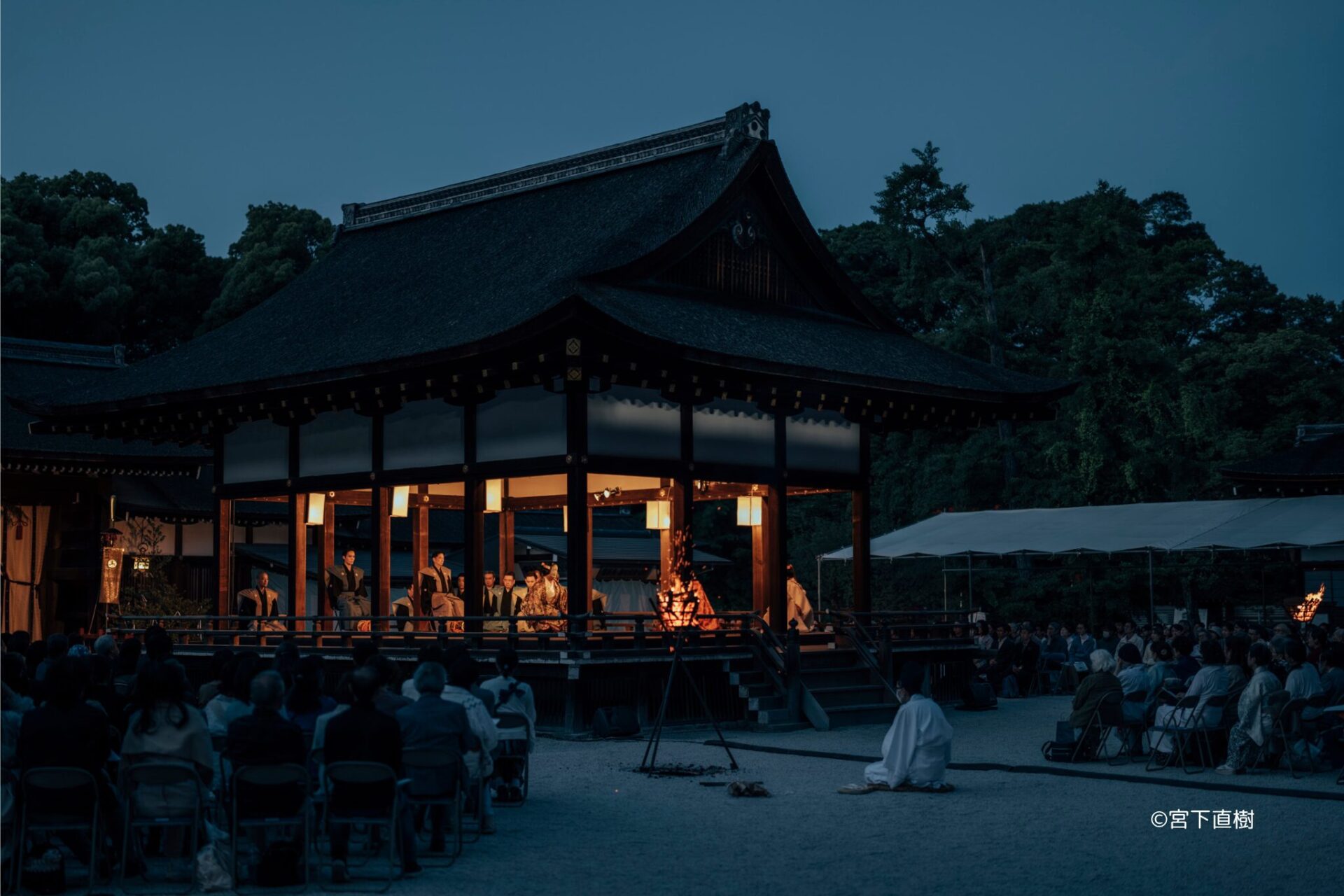
 Kyoto
experience
Kyoto
experience Contact us by phone
Contact us by phone Contact by email
Contact by email